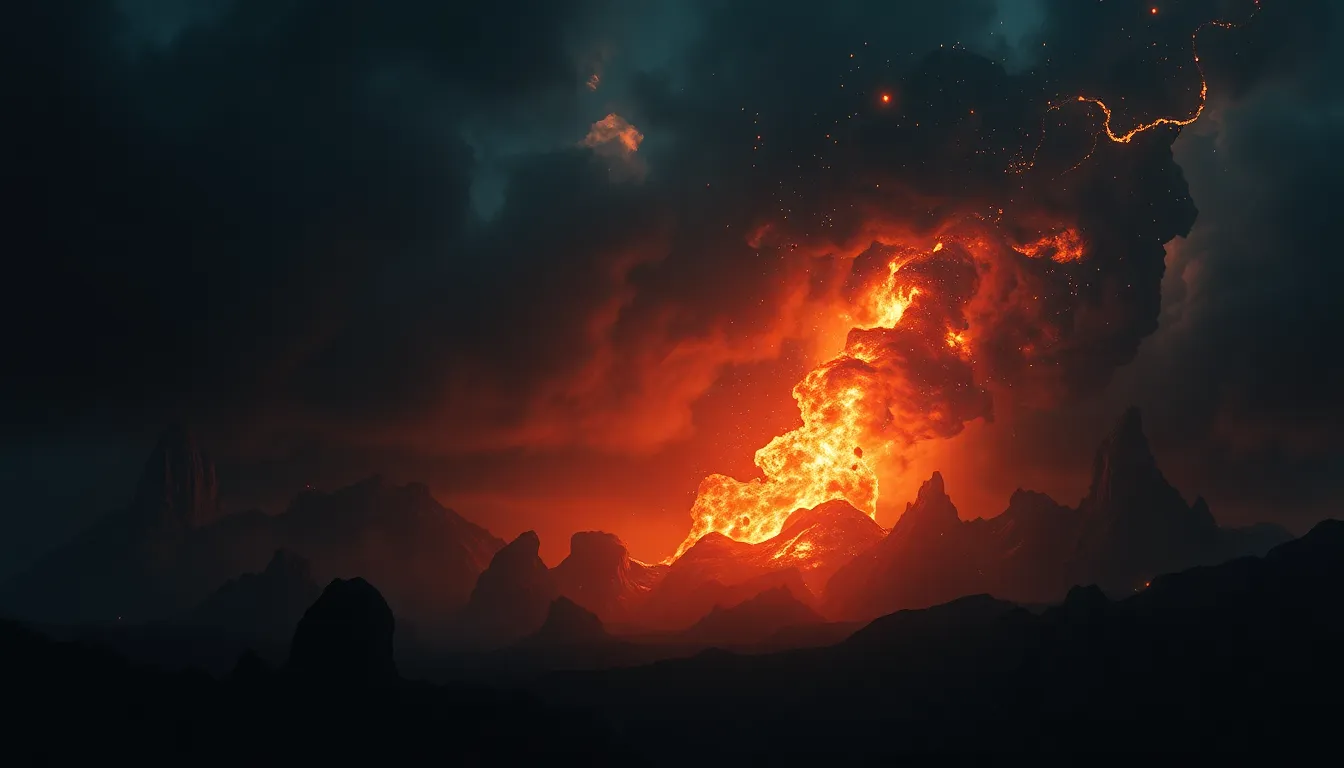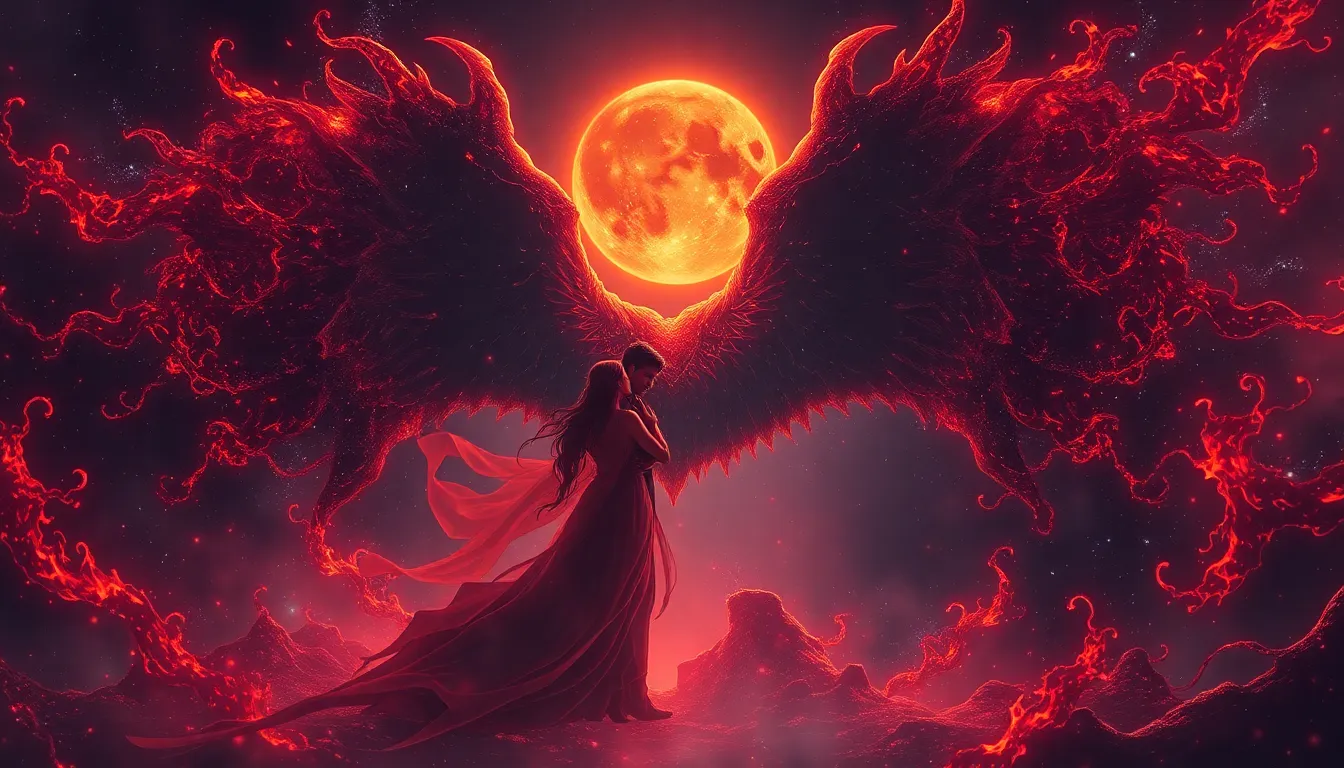Doomsday Myths: The Stories That Keep Us Awake at Night
I. Introduction to Doomsday Myths
Doomsday myths are narratives that revolve around catastrophic events leading to the end of the world or significant societal collapse. These myths have been present throughout human history, often reflecting societal fears and anxieties.
Historically, apocalyptic beliefs can be traced back to ancient civilizations, where various cultures envisioned the end times as a result of divine judgment, natural disasters, or cosmic events. Understanding these myths is crucial in contemporary society as they can influence public perception and behavior, particularly in times of crisis.
II. The Origins of Doomsday Myths
A. Ancient civilizations and their apocalyptic narratives
Many ancient civilizations had their own doomsday narratives. For instance:
- The Mesopotamians believed in cyclical destruction and rebirth through their myths.
- The ancient Greeks spoke of a time when the gods would return and bring about cataclysmic changes.
- The Norse mythology describes Ragnarok, a series of events leading to the death of many gods and the end of the world.
B. Religious texts and prophecies
Religious texts have been significant in shaping doomsday myths. The Christian Bible, for example, contains the Book of Revelation, which outlines prophetic visions of the end times. Similar prophetic texts can be found in other religions, including:
- The Hindu scriptures, which describe cycles of creation and destruction.
- The Islamic Hadiths that discuss signs of the Day of Judgment.
C. Cultural influences on the development of doomsday scenarios
Cultural factors play a vital role in shaping doomsday narratives. Societal fears, historical events, and cultural narratives often intertwine to create compelling apocalyptic scenarios that resonate with the public.
III. Common Themes in Doomsday Myths
A. Natural disasters and environmental collapse
Many doomsday myths focus on natural disasters, such as:
- Earthquakes
- Floods
- Volcanic eruptions
These narratives often reflect humanity’s fears about climate change and environmental degradation.
B. Nuclear war and technological catastrophes
In the modern era, the threat of nuclear war has become a prominent theme in doomsday myths. The Cold War era saw numerous scenarios depicting global annihilation through nuclear conflict. Additionally, technological catastrophes such as:
- Artificial intelligence gone rogue
- Cyberwarfare leading to societal collapse
have emerged as contemporary fears.
C. Alien invasions and extraterrestrial threats
Science fiction has popularized the idea of alien invasions as a potential doomsday scenario. These narratives tap into deep-seated fears of the unknown and the existential threat posed by advanced extraterrestrial civilizations.
IV. Psychological Impact of Doomsday Myths
A. Fear and anxiety in the modern world
Doomsday myths can contribute significantly to fear and anxiety among individuals and societies. The constant bombardment of apocalyptic scenarios can lead to a heightened sense of vulnerability.
B. The role of media in amplifying doomsday fears
Media plays a crucial role in shaping public perceptions of doomsday scenarios. Sensationalist reporting and the 24-hour news cycle often amplify fears, leading to widespread panic and anxiety.
C. Coping mechanisms and denial
Many individuals cope with doomsday fears through denial, while others may engage in preparedness activities. This duality reflects the complex relationship people have with existential threats.
V. Doomsday Myths in Popular Culture
A. Literature and film portrayals of apocalyptic scenarios
Apocalyptic narratives are prevalent in literature and film. Notable examples include:
- The “Mad Max” series, depicting a post-apocalyptic wasteland.
- Books like “The Road” by Cormac McCarthy, showcasing survival in a devastated world.
B. The influence of video games on doomsday narratives
Video games often explore doomsday themes, allowing players to engage with apocalyptic scenarios. Titles like “Fallout” and “The Last of Us” immerse players in worlds ravaged by catastrophe.
C. The impact of social media on doomsday myth dissemination
Social media platforms have become a breeding ground for the spread of doomsday myths. Viral posts and conspiracy theories can quickly gain traction, influencing public opinion and fear levels.
VI. Case Studies of Notable Doomsday Predictions
A. The Y2K scare: Anticipated doom and its aftermath
The year 2000 brought widespread fear of technological collapse due to the Y2K bug. While the predicted disasters did not occur, the event highlighted society’s anxiety about technology.
B. The Mayan calendar and the 2012 phenomenon
The belief that the Mayan calendar predicted the end of the world in December 2012 captivated global attention. While no apocalypse occurred, it reflected cultural anxieties surrounding societal collapse.
C. Recent predictions and their societal reactions
Recent doomsday predictions, such as those related to climate change or pandemics, have sparked varied reactions, from activism and preparation to skepticism and denial.
VII. The Role of Science in Debunking Doomsday Myths
A. Scientific explanations for natural disasters
Science provides explanations for natural disasters, helping to demystify many doomsday myths. Understanding geological processes or weather patterns can reduce fear and anxiety.
B. Technological advancements reducing existential risks
Advancements in technology, such as renewable energy and AI safety measures, can mitigate some of the existential risks depicted in doomsday narratives.
C. The importance of critical thinking and skepticism
Encouraging critical thinking and skepticism is essential in combating doomsday myths. A well-informed public can better navigate fears and separate fact from fiction.
VIII. The Appeal of Doomsday Myths
A. The psychological allure of sensational narratives
Doomsday myths have a captivating quality, drawing people in with their dramatic and sensational narratives. This allure often stems from a desire for excitement and intrigue.
B. The community aspect of shared fears and beliefs
Shared fears can create a sense of community among individuals who believe in similar doomsday scenarios. This communal experience can provide comfort in uncertainty.
C. The desire for meaning in uncertain times
In times of upheaval, doomsday myths can offer explanations and meaning, helping individuals make sense of their world and the challenges they face.
IX. Preparing for Uncertainty: From Myths to Reality
A. Practical preparedness for real-world disasters
Instead of succumbing to doomsday myths, individuals can engage in practical preparedness for real-world disasters, such as:
- Creating emergency plans.
- Assembling disaster supply kits.
- Staying informed about local risks.
B. The balance between caution and fear
It is crucial to strike a balance between caution and irrational fear. Being prepared is wise, but succumbing to panic can lead to detrimental effects on mental health and societal stability.
C. Building resilience in the face of uncertainty
Building resilience involves fostering a mindset that embraces uncertainty and prepares for challenges. This can be achieved through education, community support, and mental health resources.
X. Conclusion: Moving Beyond Doomsday Myths
A. Reflection on the lessons learned from doomsday narratives
Examining doomsday myths provides valuable insights into human psychology and societal fears. These narratives reflect our anxieties and can serve as cautionary tales.
B. Encouraging a proactive approach to future challenges
By moving beyond doomsday myths and focusing on proactive solutions, society can address real challenges with resilience and hope. Embr




